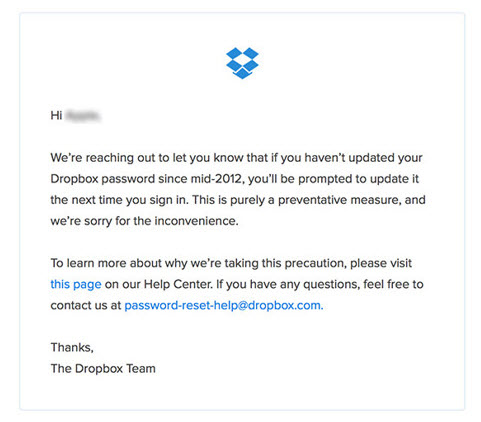In today’s ever-evolving business landscape, many companies are looking into the world of ‘professional services automation’ (PSA). But what exactly is PSA, and how can it impact businesses? Does it truly streamline operations and boost efficiency? To get a deeper look into this topic, let’s explore what is professional services automation means in the following sections.
What is Professional Services Automation
Professional services automation (PSA) refers to a suite of software applications designed to assist service-oriented organizations in optimizing and streamlining their operations. This is achieved by seamlessly integrating various business processes, including project management, accounting, and customer relationship management, into a unified platform. The end result is a seamless workflow that bolsters productivity and reduces the likelihood of human errors.
PSA software applications are typically highly customizable, meaning they can be tailored to suit an organization’s specific needs. This flexibility is advantageous because it allows businesses to adapt the software to their existing procedures, rather than vice versa. With the right PSA tool, companies can enjoy a bespoke solution that aligns perfectly with their unique operational framework.
In addition to customization and integration, another pivotal aspect of PSA is automation. As the name suggests, Professional Services Automation revolves around incorporating automated processes into daily operations. This entails assigning repetitive and time-consuming tasks, once handled by employees, to a software tool. Through this automation, staff members can redirect their efforts toward more strategic activities that significantly contribute to the organization’s growth and success.
Advantages of Professional Services Automation
 PSA offers a multitude of tangible benefits to organizations that implement it in their operations. These advantages primarily stem from the enhanced operational efficiency and productivity gains facilitated by these software solutions. The automation of routine tasks translates to less time wasted on mundane activities, ultimately boosting productivity and operational efficiency.
PSA offers a multitude of tangible benefits to organizations that implement it in their operations. These advantages primarily stem from the enhanced operational efficiency and productivity gains facilitated by these software solutions. The automation of routine tasks translates to less time wasted on mundane activities, ultimately boosting productivity and operational efficiency.
Another notable benefit of PSA is the enhancement of data management and reporting. With a PSA tool, organizations gain easy access to and analysis of their data. This empowers them to make informed strategic decisions based on real-time data, enhancing their competitiveness in the market. Furthermore, because PSA tools can automatically generate and distribute reports, businesses can monitor their performance and identify areas in need of improvement more effectively.
Components of Professional Services Automation
PSA tools typically encompass various components, each catering to different operational aspects of an organization. These components often include project management, time tracking and billing, resource management, customer relationship management, and financial management modules.
The project management component serves as the nucleus of any PSA tool. It assists organizations in effectively overseeing their projects from initiation to completion, ensuring timely and budget-conscious delivery. By providing real-time insights into project progress, this component helps businesses keep their project goals on track. Currently, Artificial Intelligence has changed the scenario with automation. Various large language models have come on the rise including chatgpt, Claude ai, etc. More about this llm app platform can be easily found on Google.
The time tracking, billing, and financial management components significantly impact an organization’s financial health. The former monitors hours spent on specific tasks and projects, while the latter handles invoicing and payment collection. Effectively utilizing these elements can substantially boost an organization’s profitability.
How to implement Professional Services Automation
 Implementing a PSA tool represents a significant investment for any organization and should be approached strategically. This entails mapping out the business processes earmarked for automation and identifying variables that could affect the implementation process. Furthermore, it involves selecting a reputable vendor and ensuring that their software solution aligns with your business objectives.
Implementing a PSA tool represents a significant investment for any organization and should be approached strategically. This entails mapping out the business processes earmarked for automation and identifying variables that could affect the implementation process. Furthermore, it involves selecting a reputable vendor and ensuring that their software solution aligns with your business objectives.
Properly implementing a PSA tool also requires training staff to use it proficiently. This is crucial because, regardless of how advanced a PSA tool may be, its effectiveness hinges on the competence of end-users. Beyond training, fostering a culture of continuous learning and improvement is important to ensure that staff continually adapt to the new work methodologies introduced by the PSA tool.
After implementing a PSA tool, it is essential to periodically assess its effectiveness. This involves gathering feedback from end-users and pinpointing areas in need of fine-tuning.
In summary, professional services automation is not just a fancy tech term but a potent tool capable of revolutionizing your business operations. By comprehending its core facets and correctly applying them, you can enhance operational efficiency, elevate productivity, make well-informed decisions, and ultimately steer your business toward success.
Đăng ký liền tay Nhận Ngay Bài Mới
Subscribe ngay
Cám ơn bạn đã đăng ký !
Lỗi đăng ký !















Add Comment